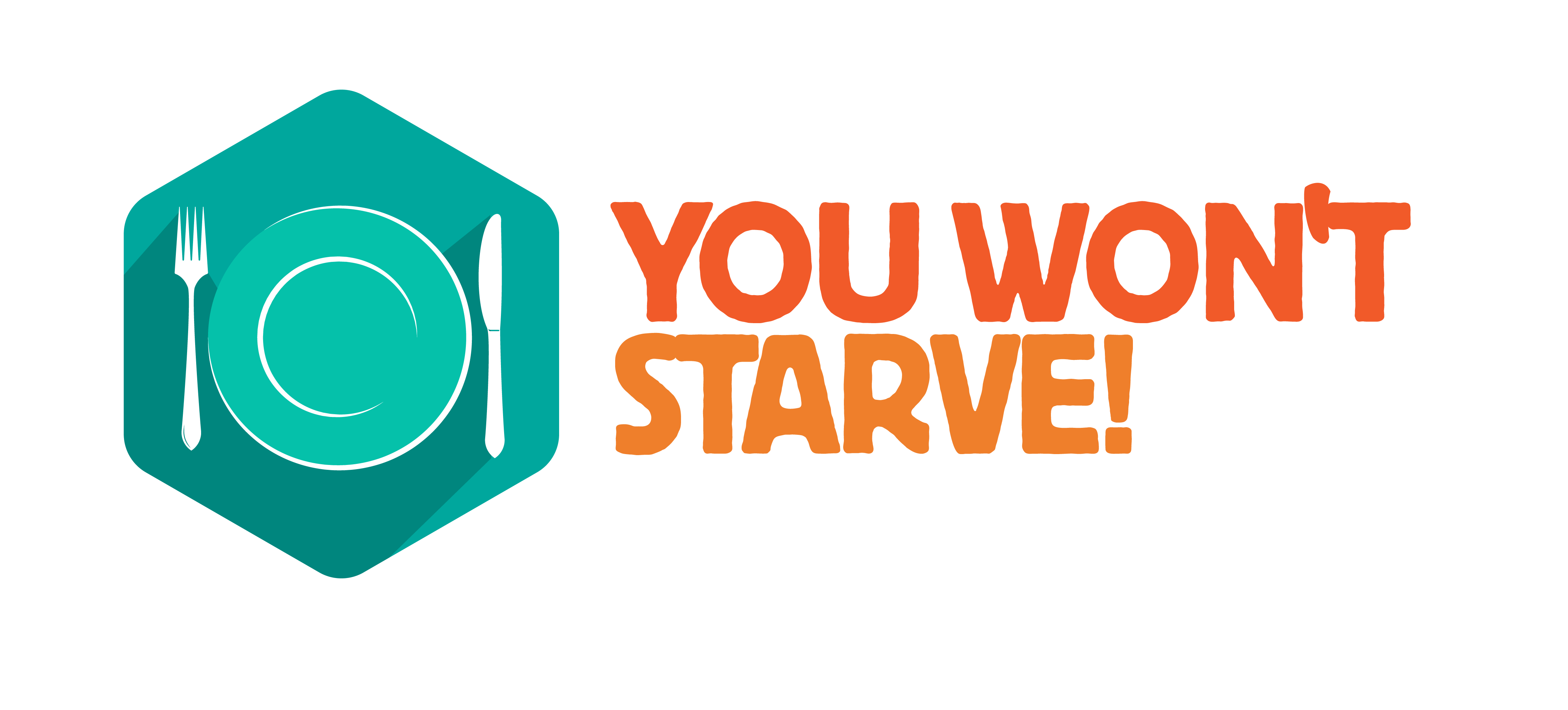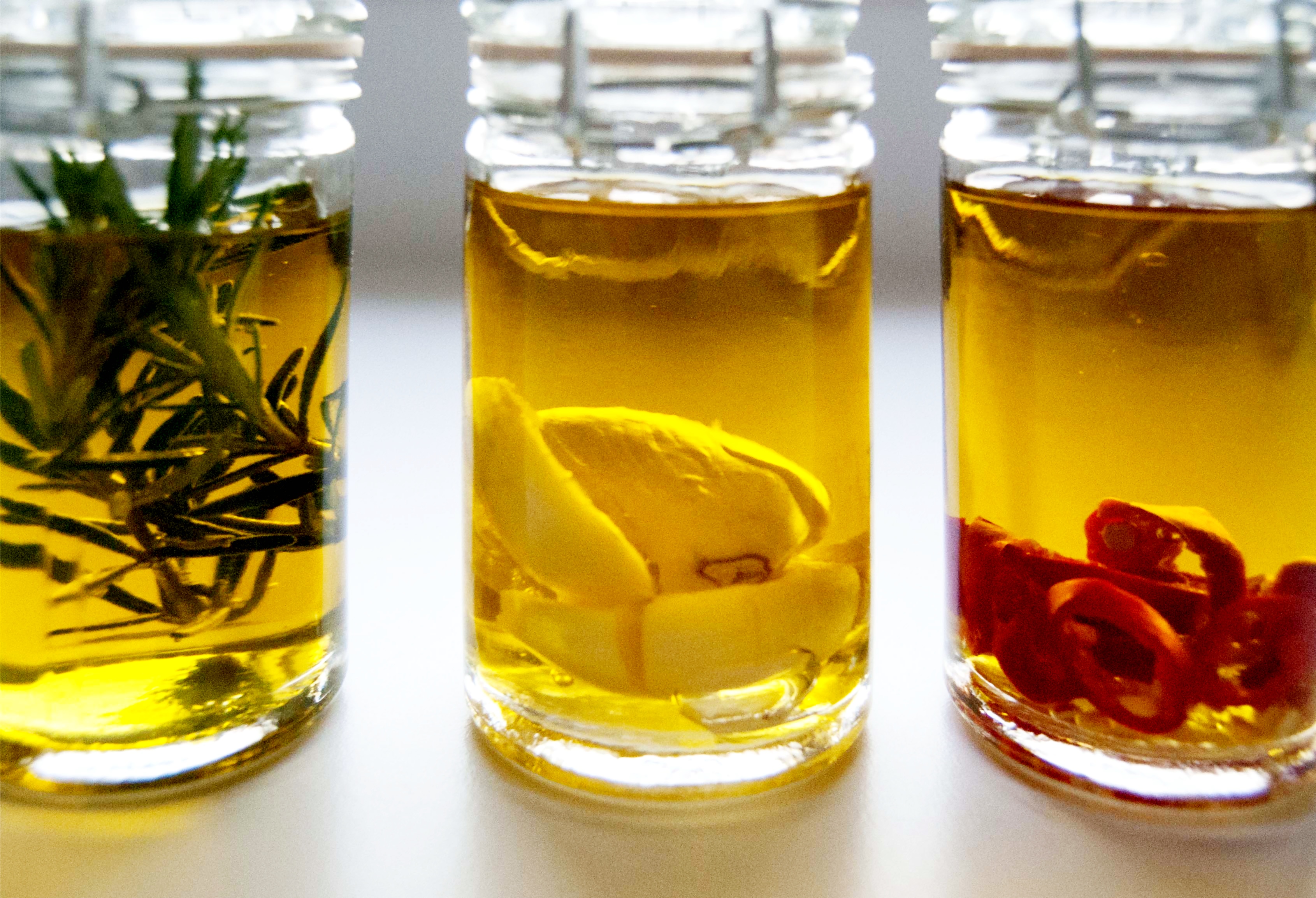FODMAP: Fermentable Oligosaccharides,Disaccharides, Monosaccharides And Polyols, a.k.a. bloating, diarrhoea, constipation and gas.
Some people don’t process FODMAPs very easily in the small intestine, resulting in these carbohydrates being fermented by bacteria, which then results in gas, bloating, pain, diarrhoea and constipation. The bacteria produce different types of gas (methane or other), which results in the bowel either constricting or loosening, resulting in diarrhoea or constipation, or a mixture of the two (diagnosed as ‘IBS’).
This may be related to SIBO (small intestine bacterial overgrowth) whereby bacteria (good or bad) colonise the small intestine where they don’t belong, feeding (fermenting) on short-chain carbohydrates, and causing symptoms, however your professional health practitioner will be able to advise you.
Everything regarding the low-FODMAP food choices has been taken directly from Monash University. Get their app and make life easier. Learn what you can and can’t eat off by heart, and send friends and family the link to the comprehensive FODMAP foods page.
A Monash University (Australia) research team developed this diet to manage intestinal symptoms commonly associated with irritable bowel syndrome (IBS) and other functional gastrointestinal disorders (FGID) including small intestine bacterial overgrowth (SIBO).





